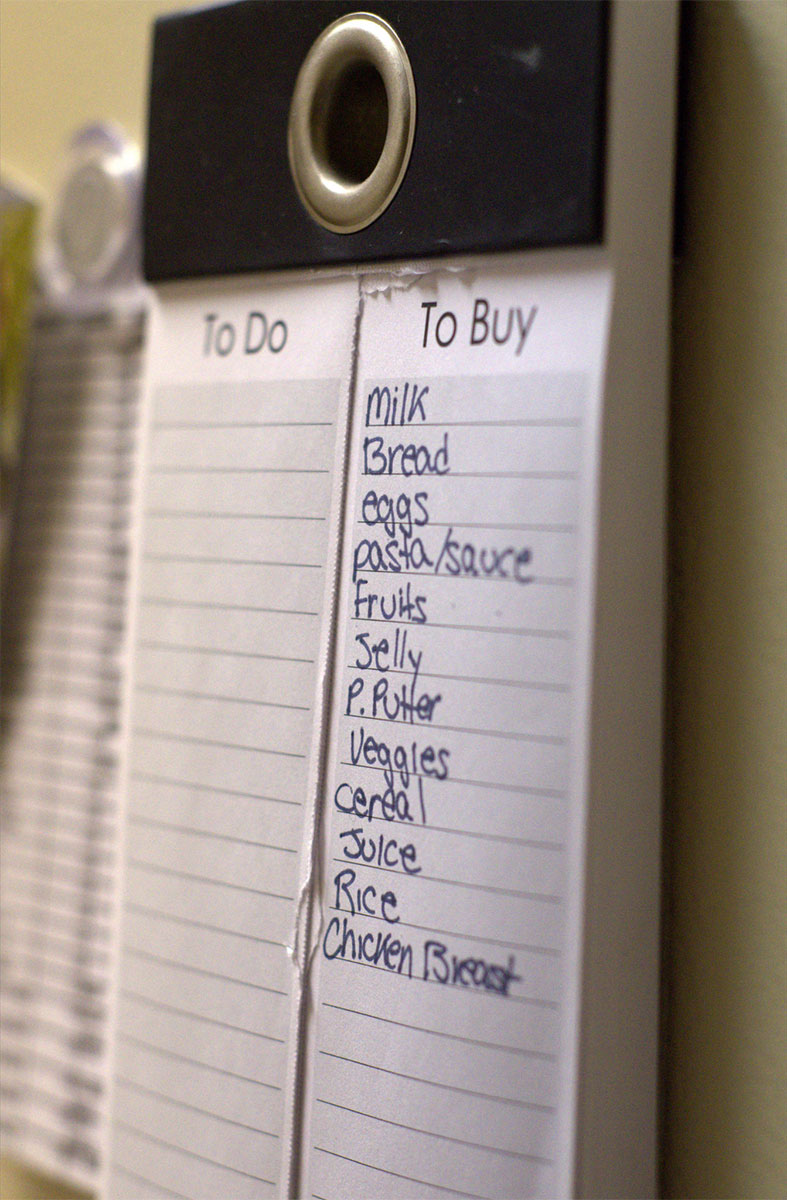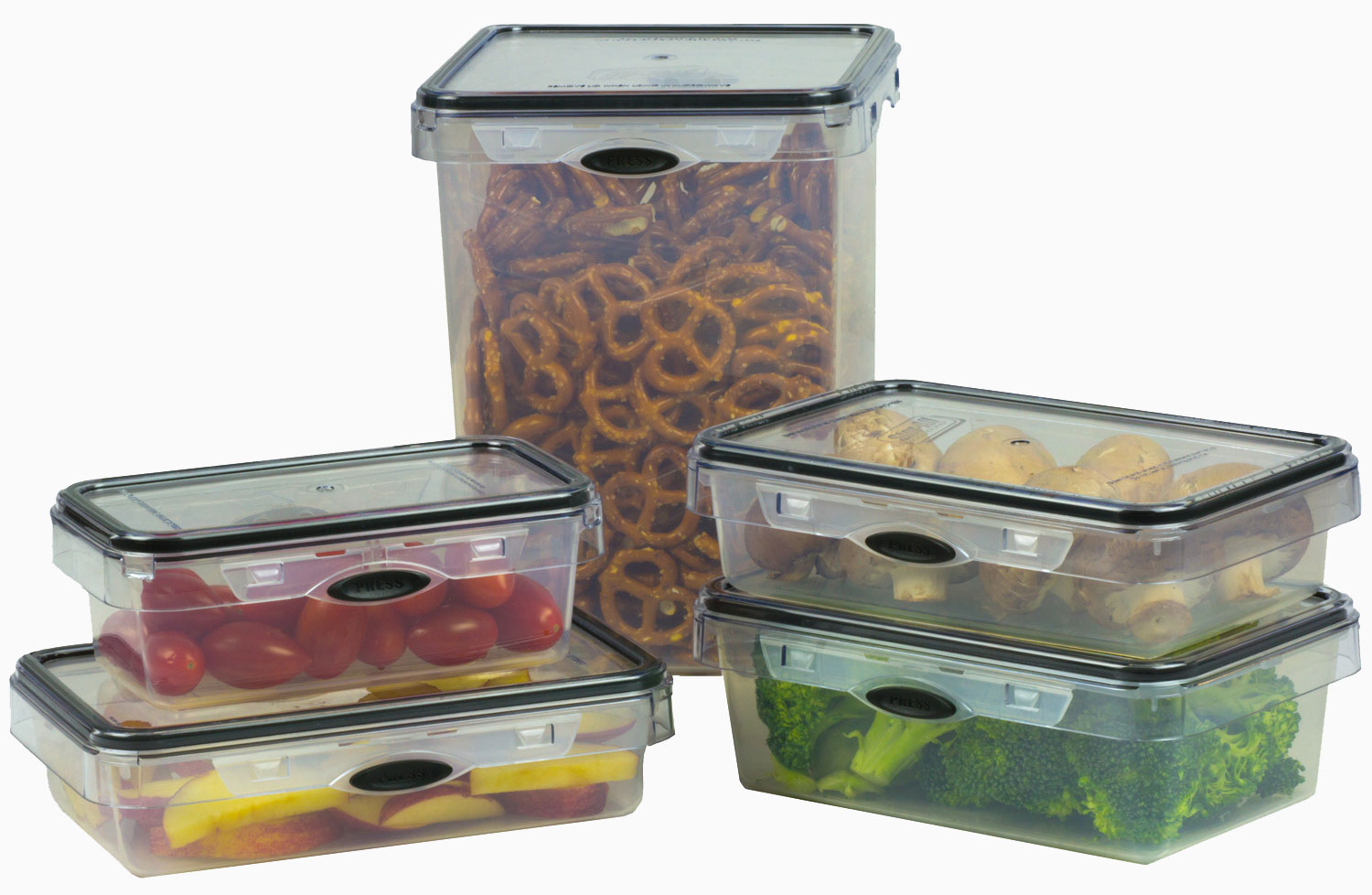How much food did you throw out last garbage day?
The average American household tosses about 25% of all the food and drink they buy. Over the course of the year, that translates to over $2,000 for a family of four. That’s a decent chunk of change that could easily have been saved.
Cutting back on food waste is a process, but with these six simple steps, you’ll be well on your way to wasting less.
1. Plan it Out
If you make a well thought out plan every week, you’ll find yourself spending less at the grocery store and throwing away less food away each week. The only catch: you need to stick to it, otherwise you’ll be wasting your time, effort and money.

2. Shop Your Fridge First
After planning your weekly meals, take stock of what’s already in the fridge and pantry. See what you can still use up instead of buying more of the same item – because what’s worse than coming back from the store only to find there’s still have a bag of shredded cheese from last week’s taco night?
3. Buying Bulk Isn’t Always Better
Sure, the lower prices are a great deal up front, but every piece of food thrown away ends up costing you. Dry goods like flour, sugar and pasta are smart bulk purchases. Meat and produce need to be used up fairly quickly unless you plan ahead and freeze some.
4. Designate a Leftover Night
Leftovers are inevitable. And if you aren’t saving them for future meals, you’re missing out.
Plan an “eat up the leftovers” night once a week. It requires minimal effort on your part (hey, a night without having to cook dinner sounds like a win to us!) and it helps use up everything that doesn’t get eaten throughout the week.
5. Make the Most of Food Storage
Food storage serves two purposes: it keeps your food fresher for longer and your fridge organized. If you buy clear (rather than opaque) containers, it makes it easier to keep track of what you’ve got.

After a shopping trip, transfer dry goods like cereal and crackers into airtight containers to keep them from going stale. Trying to eat up your leftovers? There’s food storage for that!
6. Be Resourceful
Don’t be afraid to get creative with your food. Turn stale bread into croutons for next week’s salads. And if produce seems like it might be past its prime, you can still use it in smoothies or baking.
Reducing food waste is an ongoing effort for many households. It’s a team effort that requires dedication, but once you get a system going, it should come naturally. Your wallet will thank you!






